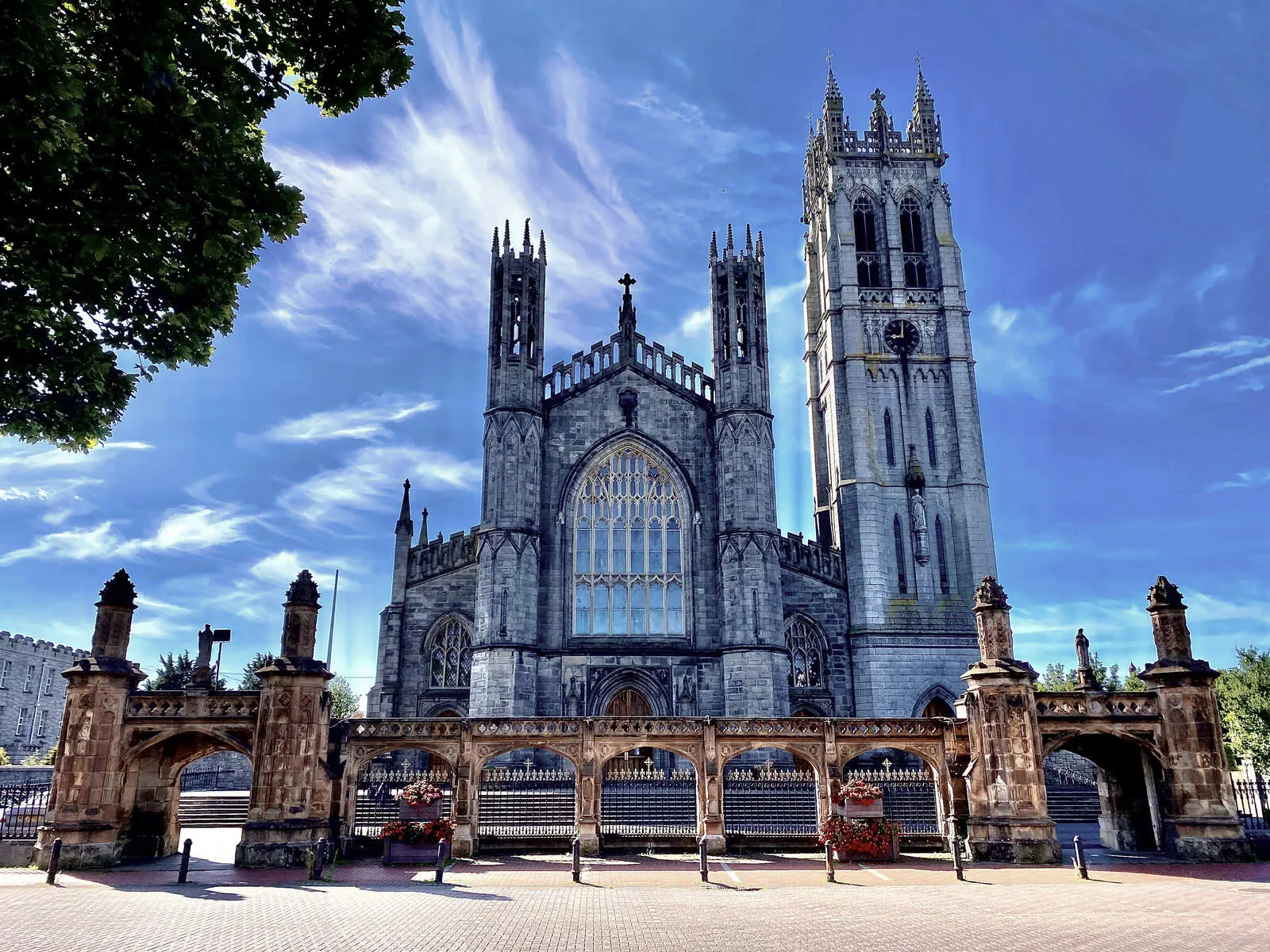Dundalk, County Louth's ruggedly charming coastal town, sits where the Cooley Mountains dip their feet into Dundalk Bay. This place hums with ancient echoes - its very name, Dún Dealgan, nods to the legendary fort of Cú Chulainn, Ireland's mythical hero. Perched halfway between Dublin and Belfast, it's a crossroads of history and modernity: medieval castle ruins like Castle Roche stand sentinel over bustling streets lined with indie boutiques and cafés. Walk the Castletown River Walk at sunset, where the water glints gold under the same sky that witnessed Viking raids and medieval battles.
Step into time beyond its cobblestone lanes - wander Monasterboice's carved high crosses older than most nations, or test your luck at Proleek Dolmen, where tossing a pebble onto its 35-ton capstone is said to seal romance. The Cooley Peninsula lures hikers along the Táin Way Trail, past sheep-dotted hills and cliffs framing County Down's Mourne Mountains. Come winter, Dundalk Bay becomes a migratory wonderland for birdwatchers, while year-round, An Táin Arts Centre pulses with theater and local art. Whether you're sipping craft coffee in Market Square or tracing the footsteps of giants along windswept shores, Dundalk offers a story as layered as its landscapes.
Jump to section:
Things to See and Do

Proleek Dolmen
A Neolithic portal tomb featuring a massive 35-ton capstone. Legend claims tossing a pebble onto the top grants marriage luck. Located on Ballymascanlon Hotel's golf course.

Mellifont Abbey
Ireland's first Cistercian monastery (12th century), showcasing medieval architecture and relics of early Christian monastic life. Features a restored cloister and exhibition on stonemasons' work.
County Museum Dundalk
A restored 18th-century distillery offering exhibits from County Louth's history, including a rare 400-year-old leather coat linked to King William of Orange.
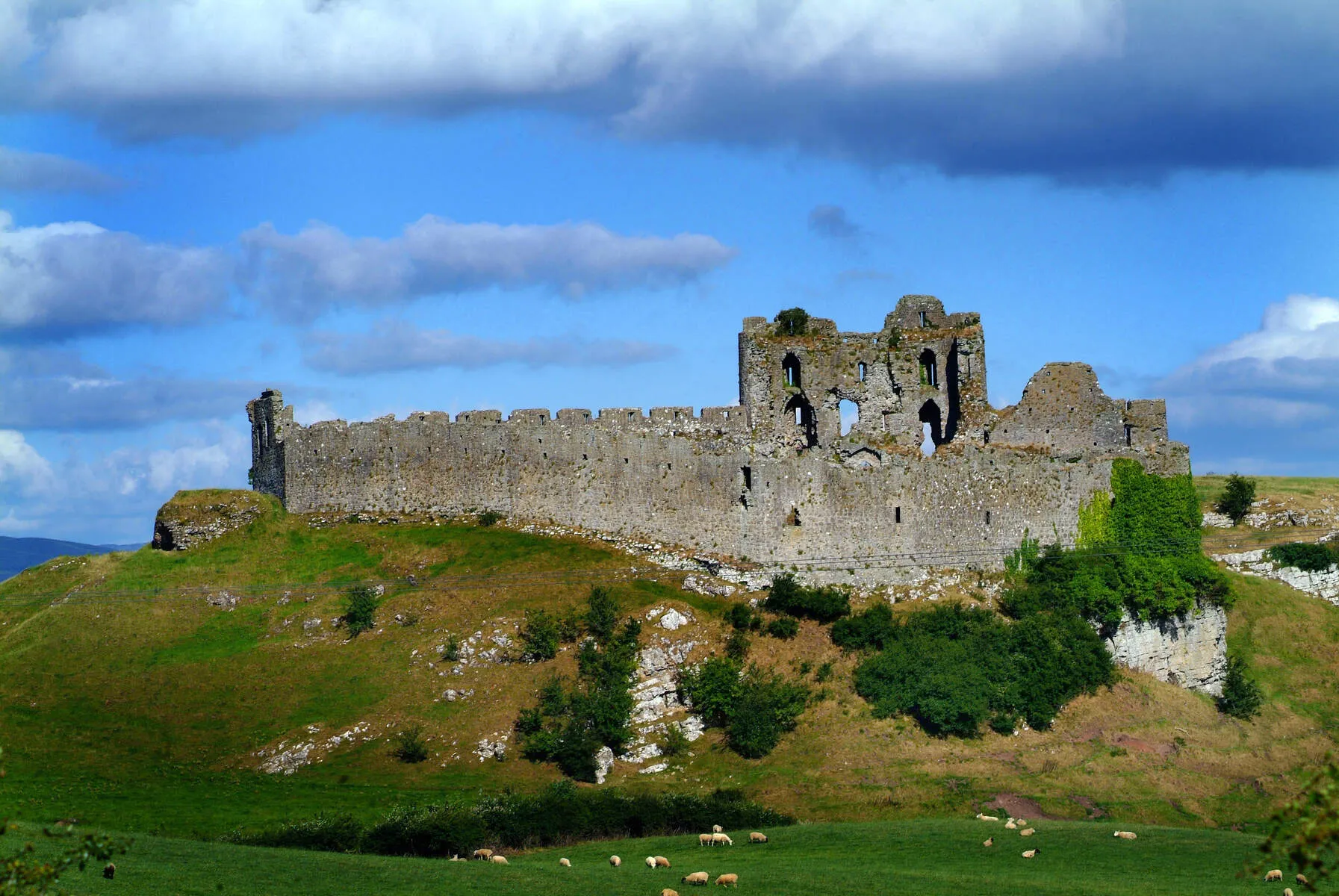
Castle Roche
13th-century Anglo-Norman castle ruins with a 'murder window' where legend claims Lady Rohesia de Verdun pushed its architect to his death. Offers panoramic views of Dundalk Bay.
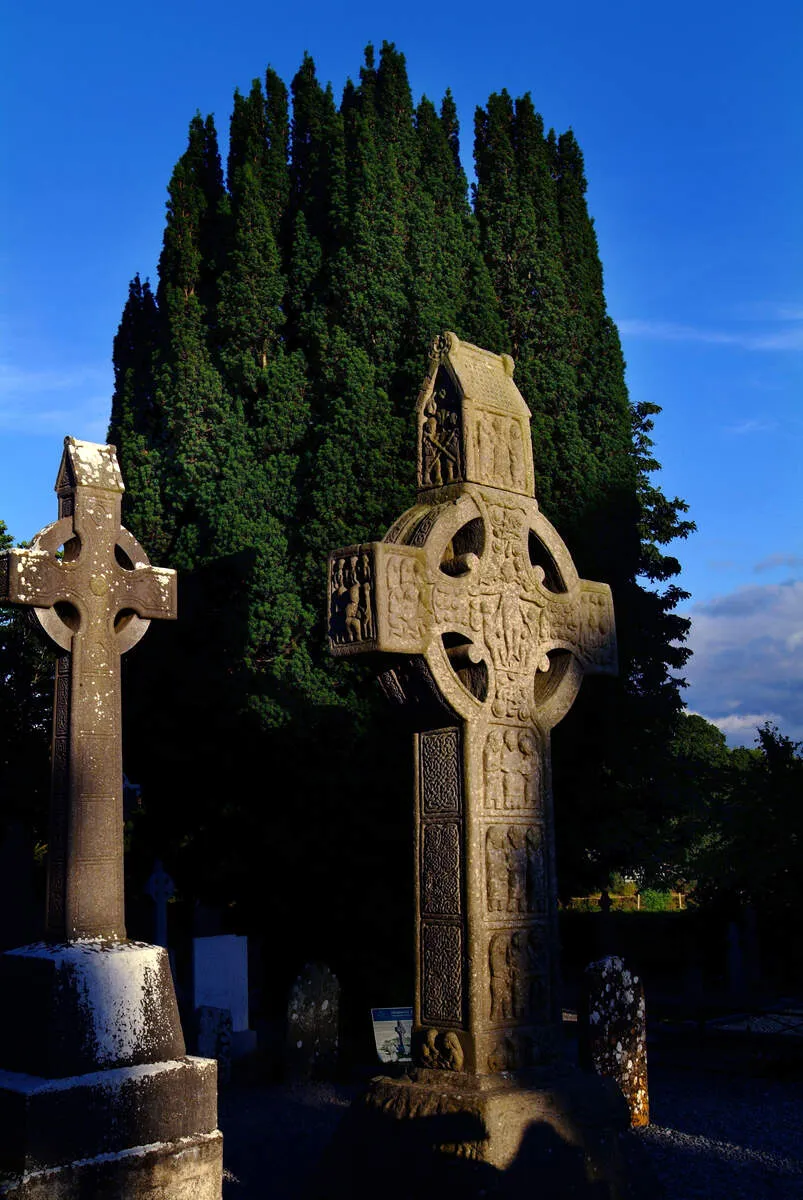
Monasterboice
A monastic site featuring Muiredach's High Cross (one of Ireland's most intricate early medieval sculptures) and a 10th-century Round Tower.

St. Brigid's Shrine & Well
A sacred site marking the birthplace of St. Brigid, Ireland's patroness of healing and childbirth. Pilgrims visit the well for rituals.
Dundalk Bay Bird Observatory
A critical wintering ground for over 68k birds annually, featuring a two-story observation platform and guided tours. Specializes in tracking migrant species.
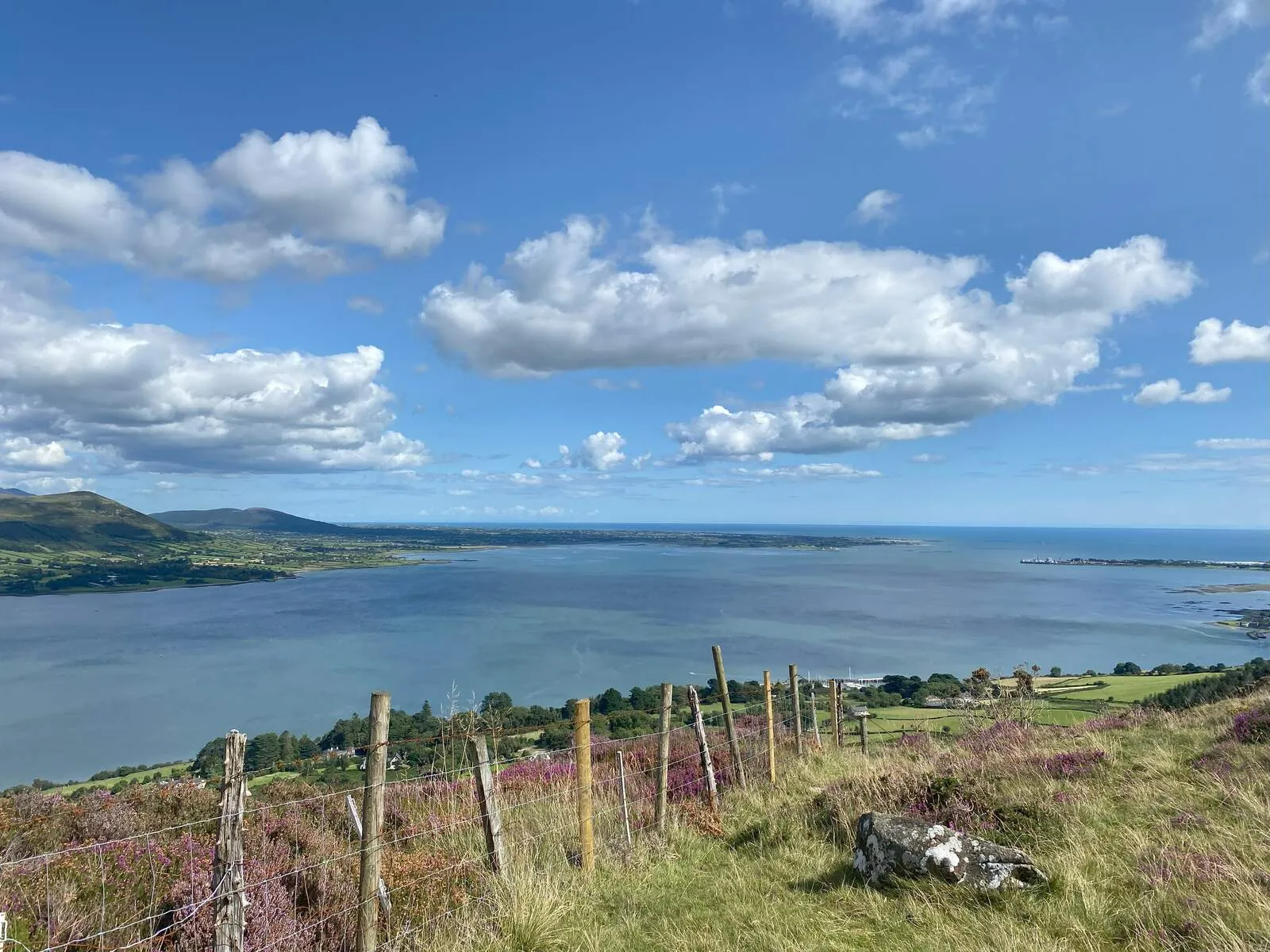
Cooley Peninsula Táin Way Trail
A 25-mile hiking route encircling Carlingford Mountain, offering views of the Mourne Mountains and coastal cliffs. Part of the ancient mythological Táin Bó Cúailnge narrative.
An Táin Arts Centre
A vibrant cultural venue hosting theater, art exhibitions, and music performances in a converted Victorian building. Known for its innovative programming.
Dundalk Farmer's Market & Craft Fair
Weekly fresh produce market (Fridays) expanding to craft stalls bi-monthly. A hub for local food, crafts, and community events.
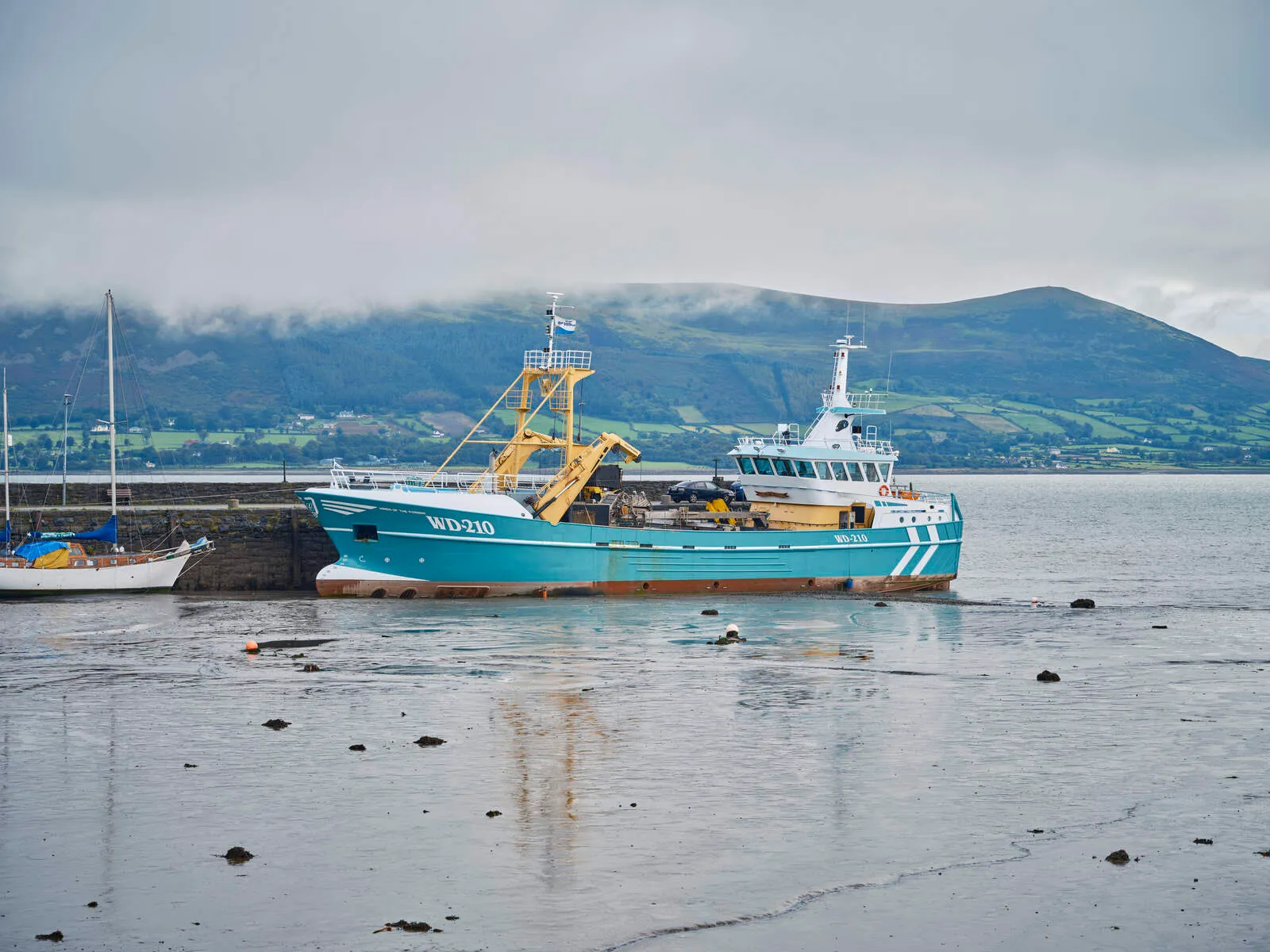
Carlingford Ferry Ride
A scenic 15-minute ferry crossing from Greenore (County Louth) to Greencastle (Northern Ireland), offering views of the Mourne Mountains and Carlingford Lough.
Dundalk Stadium
Ireland's only all-weather racetrack hosting horse racing, greyhound events, and concerts. Includes a restaurant with trackside views.
St. Nicholas Church of Ireland
A 13th-century church with a distinctive spire and graveyard containing the grave of Agnes Galt, sister of poet Robert Burns.
WhiteRiver Karting
An outdoor kart racing venue with multiple tracks for ages 8+, offering corporate and birthday packages. Close to Dundalk.
Getting There
Air
The nearest airport to Dundalk is Dublin Airport (DUB), which is about 70 km south of the town. From the airport, you can rent a car, take a taxi, or use public transportation (bus or train) to get to Dundalk.
Rail
Dundalk has a railway station, which is served by Irish Rail trains from Dublin's Connolly Station. The journey takes around 1 hour.
Bus
Bus Éireann operates regular bus services from Dublin's Busáras station to Dundalk. You can also take a bus from other major towns and cities in Ireland.
- Dundalk Bus Station: 042 9334075
Car
Dundalk is located near the M1 motorway, which connects Dublin to Belfast. If you're driving from Dublin, take the M1 northbound and exit at Junction 16 for Dundalk. Some approximate travel times by car include:
-
From Dublin: around 1 hour
-
From Belfast: around 1 hour and 15 minutes
Local Transportation
There are coach hire services available in Dundalk, such as Matthews Coach Hire (www.matthews.ie). You can contact them for more information on local transportation options. Dundalk Train Station: 042 9335526
Events & Festivals 2025
There are currently no events listed. If you would like to add an event, please contact us.
History
Dundalk's history stretches back to Neolithic times, with numerous archaeological sites like the Proleek Dolmen showcasing the area's early inhabitants. The town's strategic location made it a key stronghold for the Normans in Ireland during the 12th century. In 1189, King John granted Dundalk a royal charter, solidifying its importance.
As the northern end of the English Pale, Dundalk played a significant role in medieval times. The town was home to several historic sites, including medieval churches and Iron Age forts, such as Cúchulainn's Castle, said to be the birthplace of the legendary warrior Cúchulainn. The Franciscan Friary, founded in the 1200s, was plundered in 1315, resulting in the deaths of 22 friars.
The town's official crest reads "Mé do rug Cú Chulainn Cróga", meaning "I gave birth to brave Cú Chulainn". Although medieval Dundalk became a major walled town, almost nothing remains except for the tower of the Franciscan friary, known locally as Seatown Tower. St. Nicholas Church of Ireland, a 13th-century church, has been modified over the centuries.
In the 19th century, the Pro Cathedral of St. Patrick was built between 1837 and 1848, after Catholic emancipation became law in 1829. The County Museum traces the history of Dundalk and County Louth from the Mesolithic era to the modern day, with interactive displays and temporary exhibitions.
Dundalk's rich cultural heritage is also marked by significant events, such as the Easter Rising of 1916, which had a profound impact on the town. Visitors can explore the town's historical sites, attend cultural festivals like the Brigid of Faughart Festival, and learn about the town's fascinating past at the County Museum and other locations. The Oriel Centre, based in historic Dundalk Gaol, offers guided history tours, providing insight into the town's complex and intriguing history.
The region covering the Cooley Peninsula, Ring of Gullion, and Mourne Mountains boasts over 400 million years of geological history, making it a unique destination for those interested in geology, archaeology, and heritage.
